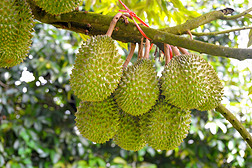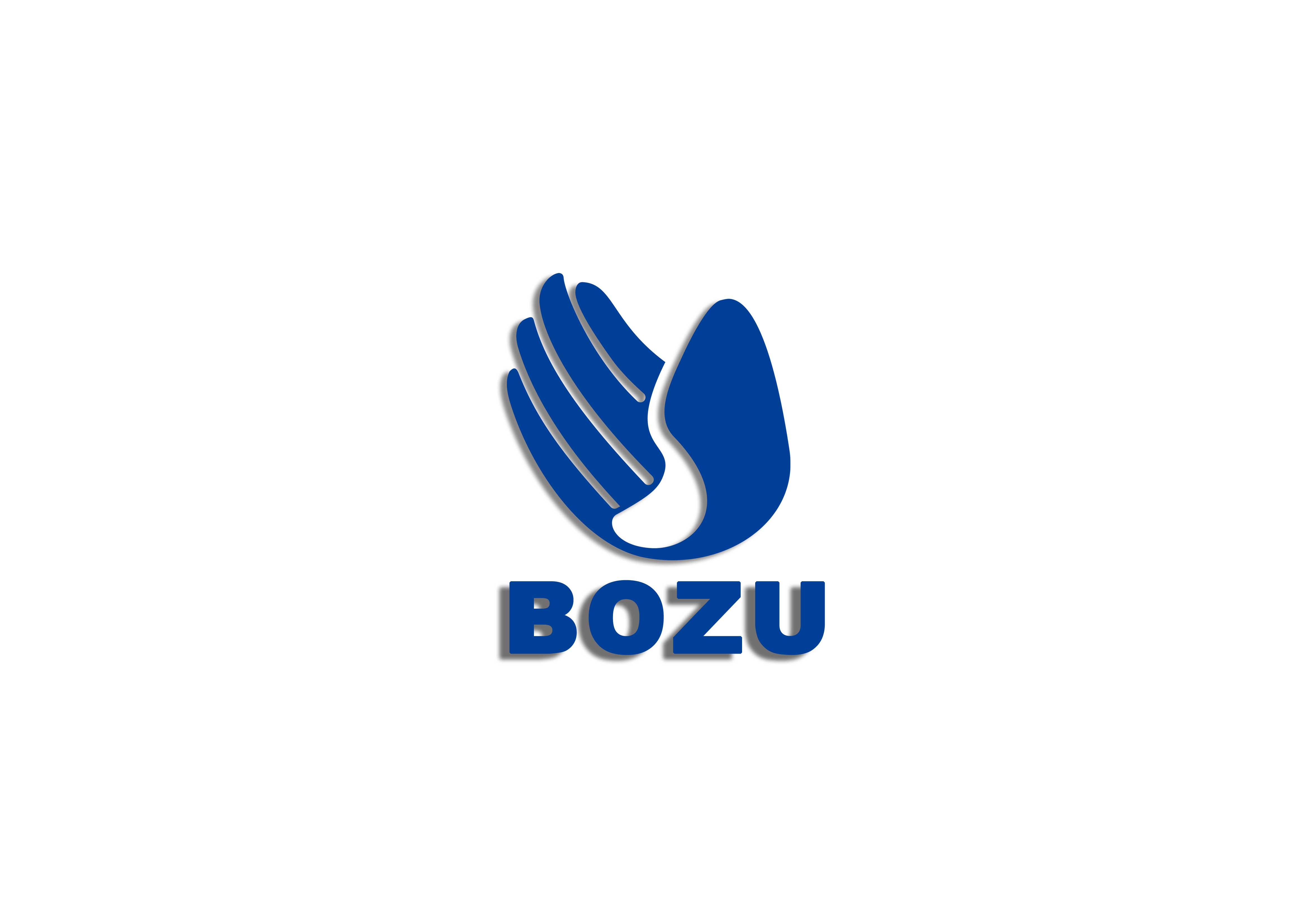
Durian, this tropical fruit known as the "King of Fruits," has earned a prominent place in the market for its unique taste and rich nutritional value. Its high price and economic value are self-evident. Next, let's explore the secrets of durian cultivation.
1. Sowing and Raising Seedlings
The best time to sow durian is usually in spring, when temperatures are ideal for seed germination. When sowing, maintain an appropriate spacing between plants (20 cm x 20 cm). Weeding and fertilizing are essential management tasks during the seedling growth stage. Alternatively, durian mother plants can be propagated through air layering, which has a high rooting rate and generally takes only about two months from branching to seedling maturity.
Weeding and shallow tillage are key during the seedling growth process. Regularly remove weeds from the garden to prevent them from affecting the seedling's growth or robbing it of nutrients. Shallow tillage also helps the seeds emerge quickly after germination. When carrying out these tasks, watering and fertilizing can be combined to provide the seedlings with the necessary nutrients, thereby promoting their rapid growth. 2. Transplanting and planting When the durian seedlings grow to about 40-50 cm in height, they can be planted. Before planting, the selected plots need to be prepared, including tilling the soil and applying organic fertilizer and lime as base fertilizer. Planting can be carried out throughout the year, but when the seedlings are removed, they need to be watered thoroughly so that the soil around the roots can be dug out together, ensuring that the seedlings are transplanted with a complete soil ball to improve the survival rate. 3. Water and fertilizer management (1) Watering: Durian prefers a moist growing environment, especially during its vigorous growth period. It needs to be watered more frequently to keep the soil slightly moist. However, in winter, the amount of watering should be reduced and ensure that there is no water accumulation. It is recommended to use a small stream of water to water slowly, just to wet the soil surface. At the same time, pay attention to increase ventilation after watering to prevent the soil from becoming compacted and ensure sufficient water. (2) Fertilization: Durian trees need to be fertilized three times a year, in spring, summer, and before harvesting. It is particularly important to emphasize that the fruit expansion period in summer is the key period for fertilization. In addition, after harvesting, organic fertilizer should be deeply applied to restore the tree vigor. Ogunix is a high-quality fertilizer choice. Its raw material is 100% organic wild Ascophyllum nodosum from the North Atlantic of Canada. Through a unique fermentation and enzymatic hydrolysis process, this product can completely extract a variety of natural active substances and minerals in Ascophyllum nodosum, such as enzymes, mannitol, alginic acid, as well as potassium, calcium, magnesium, iron, zinc and sulfur, to provide crops with direct absorption of small molecule nutrients.
4. Shaping and Pruning
Due to the strong germination ability of durian trees, shaping work is particularly important in the first one or two years after planting. After harvesting, appropriate pruning can be carried out to shape the tree into a good shape, thereby ensuring a good durian harvest.




